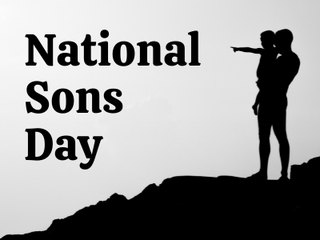As the holiday season comes to an end and a new year is on the horizon, the world gets ready for January.
The first month of the Gregorian calendar has 31 days and marks the onset of a new year, a new chapter.
This is the time when people set new resolutions, get back to their normal lives and focus on goals for the new year.

Why Is January The 1st Month
The history of January goes back to ancient Rome with the evolution of the calendar. Initially, the Roman calendar that was developed by Romulus had only ten months, 304 days with a gap of about 61 days in the winter.
- Martius (March)
- Aprilis (April)
- May (May)
- Junius (June).
- Quintilis (July)
- Sextilis (August)
- September
- October
- November
- December
Around 713 BCE, King Numa Pompilius reformed this calendar by adding two months, January (Ianuarius) and February (Februarius), creating a 12-month lunar year.
Irrespective of January's introduction, the year still started in March for Romans, aligning with the beginning of the agricultural season.
January was not officially marked as the beginning of the consular year until 153 BCE. This change was influenced by military necessity during the Lusitanian War, when Rome needed new consuls to assume office earlier, accelerating their deployment.
By shifting the consular start date, January became established as the first month of the year in the Roman calendar, a tradition that carried on through the Roman Republic and Empire.
In the Middle Ages, with the spread of Christianity, various feast days, like March 25 (Annunciation) and December 25 (Christmas), became alternative New Year dates across Europe.
Still, the Roman-style calendar layout from January to December endured in many documents and manuscripts.
The official New Year eventually returned to January 1 in the 16th century.
With the adoption of the Gregorian calendar in 1582, January 1 was reestablished as the start of the year in many European countries, completing its journey from an ancient Roman reform to a widely recognized beginning of the calendar year worldwide.
Important Celebrations In January
January might be one of the quieter months, but there are significant celebrations and traditions across the world.
January 1st or New Year's Day marks the first day of the year across the globe and is celebrated with parties, cultural festivities and fireworks.
Epiphany is celebrated on January 6th in several Christian communities, marking the visit of the Magi to the Christ child and the conclusion of the Christmas season.
Martin Luther King Jr. Day is observed on the third Monday of January in the United States, and this holiday honors the legacy of civil rights leader Martin Luther King Jr. and celebrates equality and justice.
On January 26th, Australians celebrate their national day with events, fireworks, and gatherings, commemorating the arrival of the First Fleet in 1788.
The Charm Of January
For the majority of the Northern Hemisphere, January is the core of winter, often covered in snow and accompanied by negative temperatures.
The crisp air and frosty landscapes invite cozy gatherings by the fire, warm beverages, and winter sports.
From snowy forests to icy rivers, nature's winter beauty offers a quiet, serene backdrop for January’s sense of renewal.
In contrast, the Southern Hemisphere experiences midsummer in January, with sunny days, beach outings, and outdoor adventures in full swing.
This dual experience of January across the globe highlights its universal appeal: it’s a time for reflection and a fresh start, whether enjoyed in the warmth or cold.
Interesting Facts About January
- Garnet is January's traditional birthstone, symbolizing peace, prosperity, and good health
- Carnations and snowdrops are January's birth flowers, symbolizing love, admiration, and hope
- Blue Monday falls on the third Monday of January, rumored to be the most “depressing” day of the year, though it's more pop culture than science
- National Soup Month is celebrated in January, fitting for the cold and cozy season
- January 1st was first celebrated as New Year’s Day in 45 BCE with the adoption of the Julian calendar










